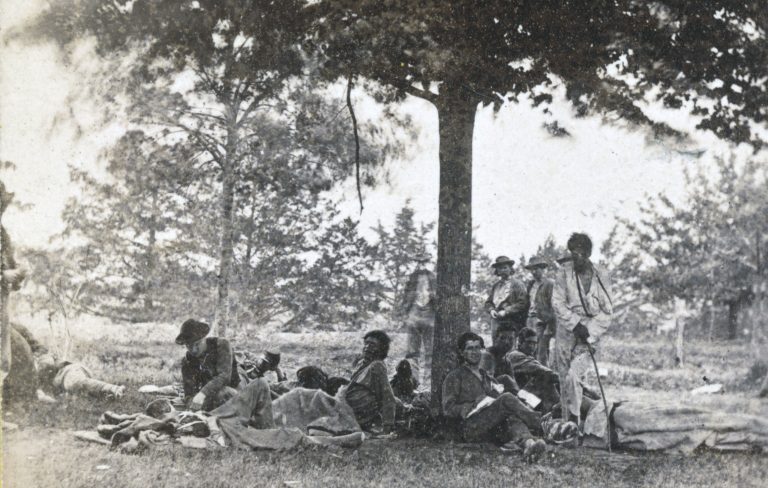Historical Context
Historians use primary sources to analyze stories from our past. Primary sources, such as letters, help us understand the perspectives of those directly involved in major historic events., Though the letter may reveal important historical facts about an event, it also communicates the opinions, feelings, and experiences of individuals.
Learning Objectives
Letters and the art of communication have evolved over time. Think about how you communicate your thoughts and viewpoints to those over long distances. Technology has greatly impacted the ways in which we communicate. The objective of this lesson is to analyze the letters of four Michigan soldiers during the Civil War, Spanish-American War, First World War, and Second World War. These letters may be examined separately or together, but students should observe, analyze, and identify the historical significance of these resources to better understand the broader conflict.
Primary Source Analysis
Students can analyze these letters as primary sources. For each source ask students to indicate:
Who?
What?
When?
Where?
Why?
How?
For inquiry-based learning, ask students to:
- Explain how a source tells its story and/or makes its argument
- Explain the relationships between sources
- Compare and contrast sources in terms of point of view and method
- Support conclusions and interpretations with evidence
- Identify questions for further investigation
Michigan Social Studies Standards
- 8–U5.2.5: Construct generalizations about how the war affected combatants, civilians (including the role of women and Indigenous Peoples), the physical environment, and the future of warfare, including technological developments.
- P1.2: Interpret primary and secondary source documents for point of view, context, bias, and frame of reference or perspective.
- P2.4: Use relevant information from multiple credible sources representing a wide range of views, considering the origin, authority, structure, and context, to answer a compelling or supporting question.

